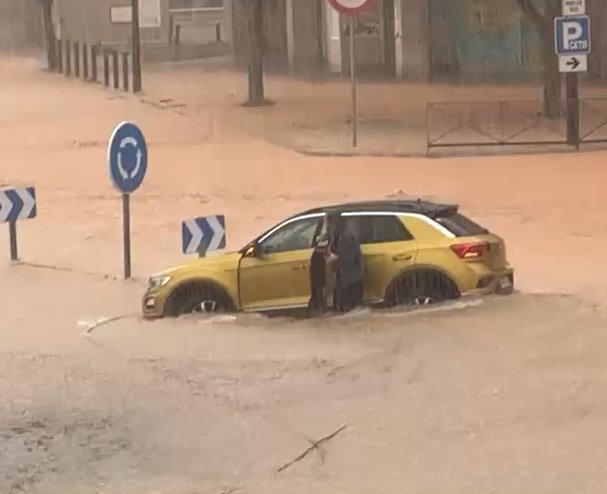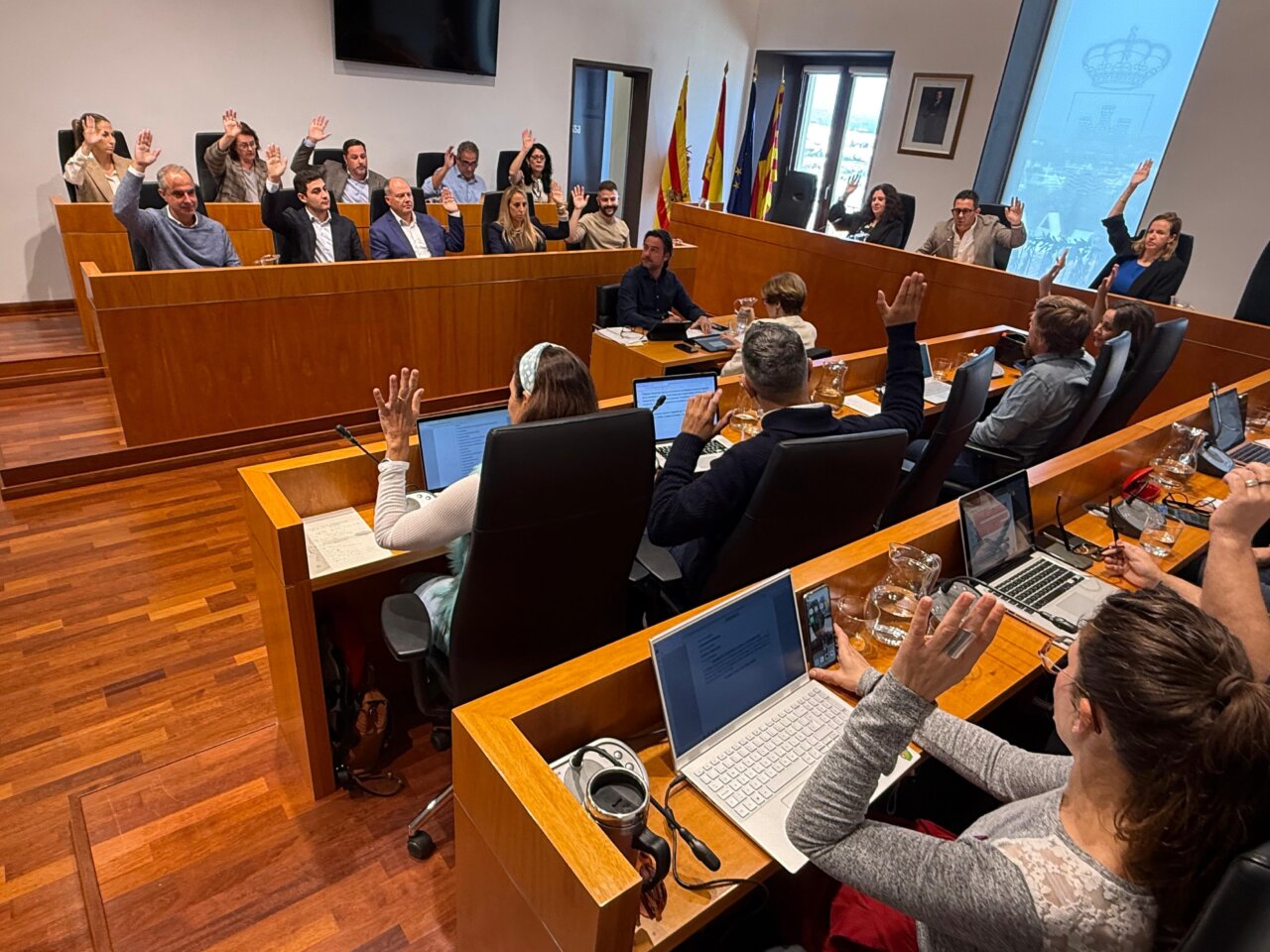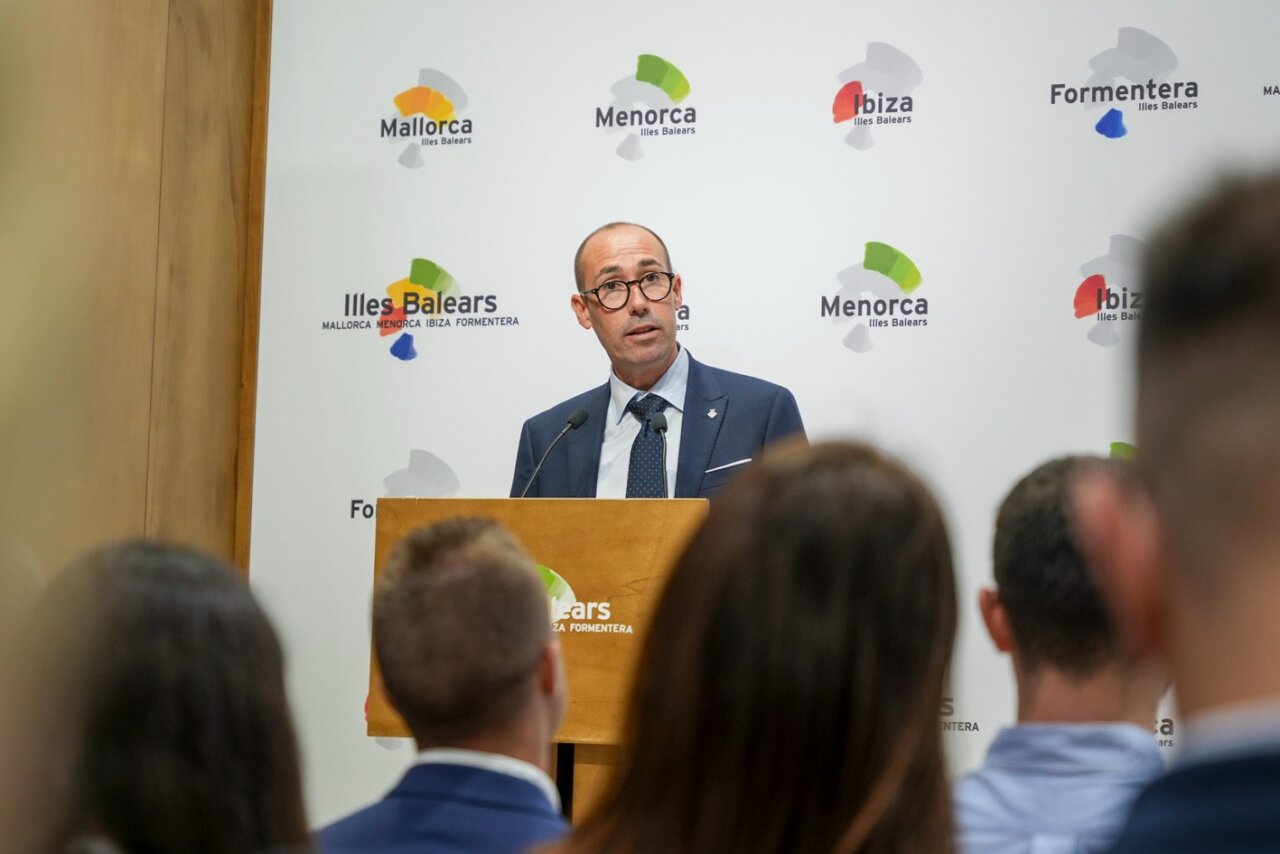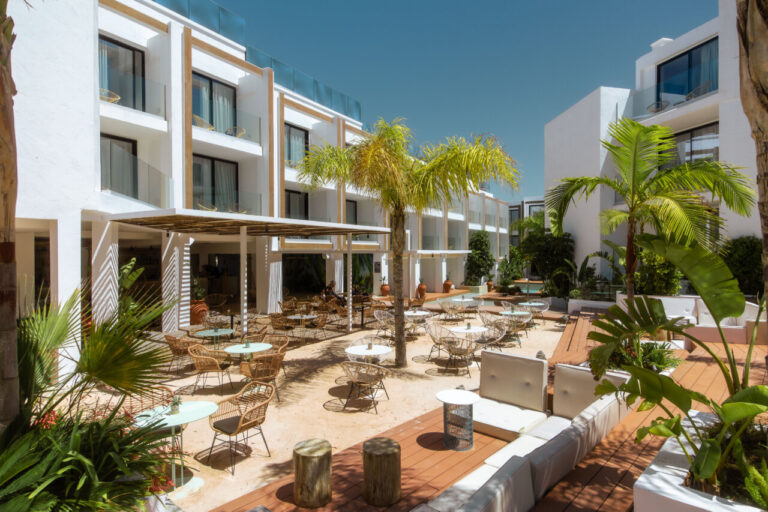For the past three years, Sydney has been pursuing a pioneering public-private partnership initiative between the entertainment industry and government. This has taken the form of the original‘Ministry of Nightlife‘, which is part of the government’s drive to encourage nightlife and cultural activities.
This was one of the main topics of the round table “The importance of nightlife for the economy and tourism” of the 10th International Nightlife Congress 10th International Nightlife Congress held at the Hotel SH Valencia Palace.
Victoria Moxey, Program Manager of the 24-Hour Economy Office of the New South Wales Government, one of the cities in the state of Sydney, Australia. Government of New South Wales, one of the cities in the state of Sydney, Australia, has described the experience they are carrying out. A model that puts Ibiza in the spotlight.
“This Ministry of the Night has been created to support the development of the night economy and the leisure economy. It encompasses the creative arts, creative industries, music, tourism and night,” he explained in an interview with La Voz de Ibiza.
In addition, he said that it is “incredible to have that support from a ministerial point of view. And obviously our office, which is the 24-Hour office, with the support of a minister, to be able to make regulatory changes. Regulatory reforms to really create changes in what is the day-to-day running of our streets at the local level.”
There, collaboration models have been set up with different supports. On the one hand, the regulatory part with a more flexible approach. Also “the living part of
“We have an online platform that has all of this,” he explains.
– What does leisure imply in that state? Was there a need to regularize the activity or did it have an objective to enhance leisure?
– There have been cycles of favorable governments or governments that believe that the economy must be controlled at night. We came before seven years of a very restrictive government. And that restriction as the only way to control anti-violence. Really believing that sending everybody to sleep at ten o’clock at night, closing the businesses, was the way to make sure it was safe.
– Was there a climate of violence or social conflict?
– Years ago, yes. In those situations you have to take charge and try to find ways to make sure that all premises and areas are safe. That government decided to do that through very restrictive control over alcohol and hours.
– A confinement?
– More or less. And it had a very negative impact because it was the only way: a black and white. The only way to believe that you control a city. Instead of working with the industry, working with the community and understanding how to all do and collaborate to make places that are safe and that have a perception of safety. Not just that they are safe, but that they are welcoming and welcoming. One of the big changes was to relax all that regulation so that leisure businesses can activate not only within their premises, but also the public space. And so that local governments can close streets and activate much easier than ever before. What it is doing is that now we see not only music, but also live performed culture. From in cafes, like raves happening at 7 a.m., to small bars with live music, with spoken word poets or comedy. There is an abundance, an explosion of live culture in unsuspected places. And all this because of regulatory changes. Really give the opportunity, not only to the public part, but to the private part, to activate the places, the spaces.
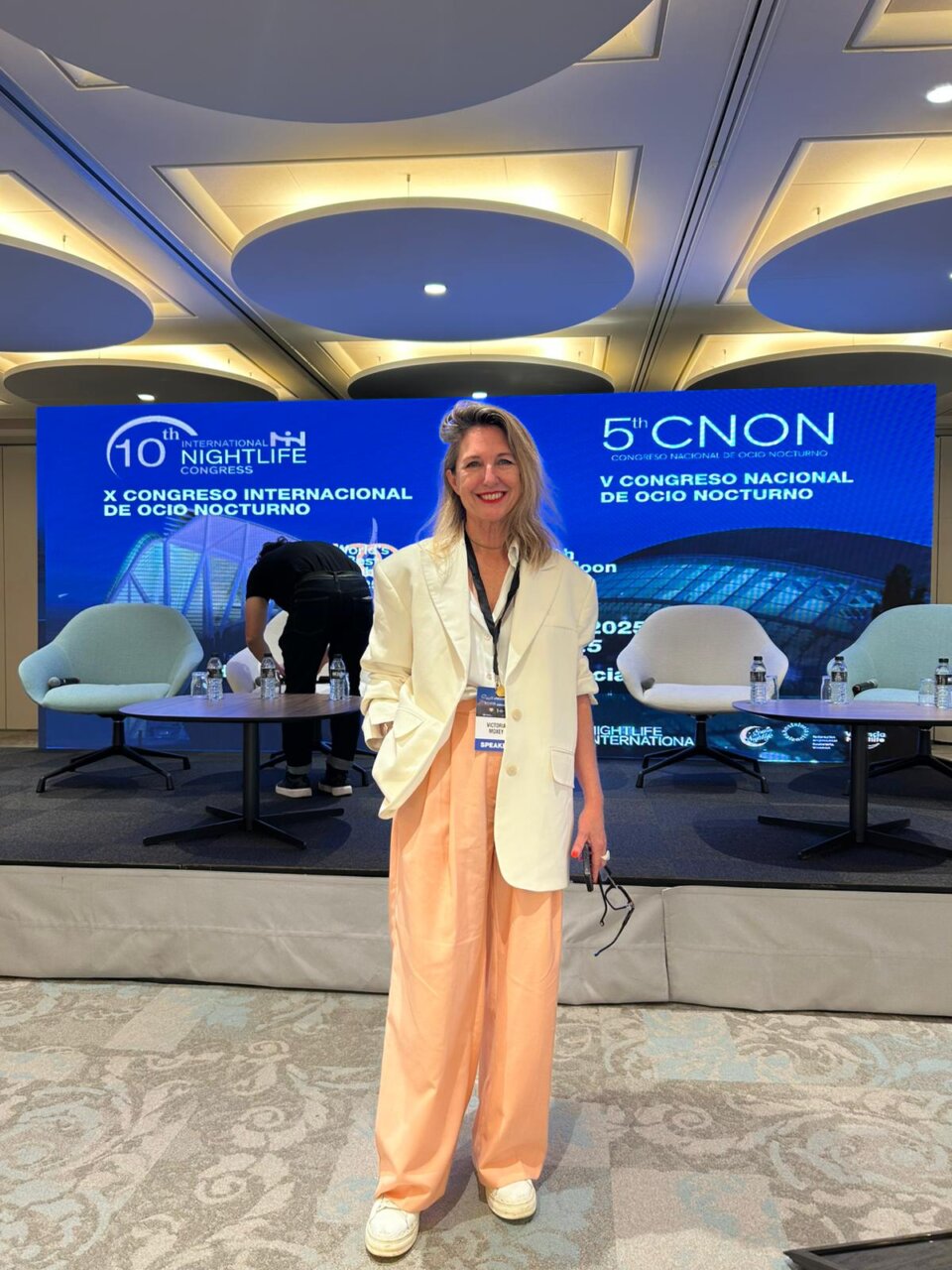
– A sort of red carpet to the entertainment, art, culture, performing arts industry. But I guess it’s not an open bar.
– It’s not an open bar. And here comes the collaboration. Because what we have also implemented is what is called Purple Flag, the purple flag. Which is a program that started in London, which is all over various places in Europe. But we adopted it as a collaborative model element for places that bring in the community, the neighbors, the local government, the venue owners, the police, the transport owners, for public transport in the area. And all together, under this program that has a framework, as a context, look at the responsibility of the district experience that each role has and come together under a common vision.
– I understand that each initiative incorporates all the players or agents in the area involved and a tailor-made suit can be made to provide a response.
– For each specific location. Every venue is different. What we are doing, in this collaborative model, is creating, designating geographic areas as special entertainment districts. And those special entertainment districts are going to have their own flexibilities in schedules. Those districts can say we are going to do 24 hours because here we want the concentration of culture. So anyone who moves into this space will know that this is an entertainment space.
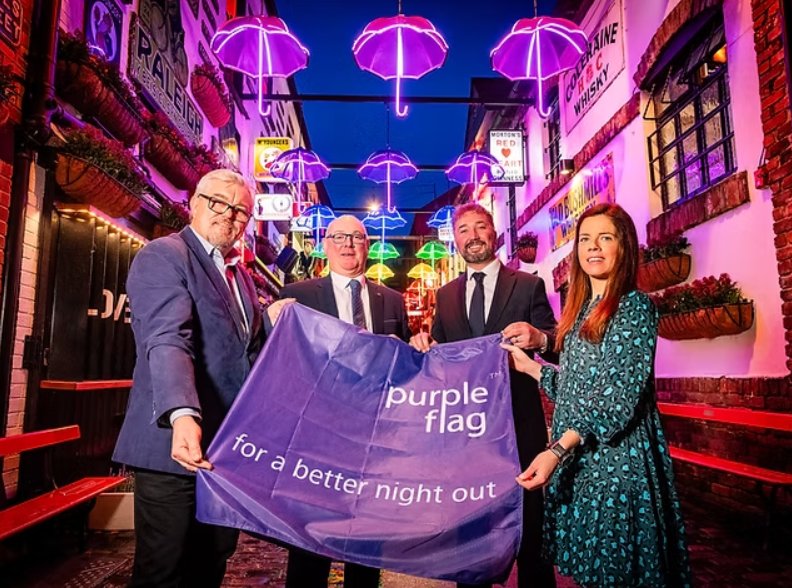
– That it will coexist with a 24-hour schedule.
– Exactly. And to be able to make these kinds of geographic areas throughout the state to decentralize what the leisure economy is. So that neighborhoods, towns, locales, outside of what is the traditional part which is the Sydney CBD (Central Business District), where the concentration of the leisure economy was originally, that it can be decentralized so that there is more diversity. Because each place has its own local culture. And really work with industry, local government and state government to elevate all these diverse experiences across the state.
There needs to be regulation. And on that also what we have is a platform that brings together information from different sources to form a platform that shows the nighttime economy that can be monitored. Because as we open up and make cities much more flexible, it is very important that this is not to the detriment of security. So this platform of data, of police, of transportation, of opening hours, of ambulances?
– See what impact it has.
– The impact and making sure that it’s safe, that the economy remains safe. And that platform we share with local governments.
– I understand that these policies come from a restrictive government. Since when have they been in place?
– The minister is elected for four years. Next year there are elections again. These policies have been in place for three years.
– And have you measured the impact on the region’s GDP?
– Yes, constantly. What we see is an increase in the number of spaces for culture and music from before to after we started working. Obviously, the cost of living is impacting everywhere.
– What does cost of living mean?
– The cost of living is how expensive it is today to live in cities like Sydney, Barcelona, Madrid. But what we are seeing is a stabilization going forward, positively, in the number of venues, in the opening hours, in the diversity of experiences that there is much more than before. That ecosystem is growing, more than anything beyond the CBD, which is what we were trying to do. Those increases are much bigger outside the CBD, which is what is showing us that decentralization of what we call the going out economy, the economy of getting out of the house and sharing experiences with others outside the house.
– And any specific innovative business model that has been created during this period as a result of these policies?
– The most important trend that is growing a lot is that trend of what is Generation Z, who want to get up early, are very active, very health conscious. Sydney is a city that starts at 5.30 in the morning. Two thirds of the cafes open much earlier than cities in other countries. And there is this trend of what is called soft clubbing, which is coffee raves. And it’s people going out dancing at 7 in the morning without alcohol and they’re very popular. They’re very popular on Instagram as well. So there’s incredibly sociable activity. That leisure that’s happening at 7 o’clock in the morning and it’s also happening at night. But it’s that diversity of options that’s incredible.
– There will also be after hours at 7 am.
– There are no after hours. Everything ends around 2 in the morning. At 4 a.m. the interesting ones.




